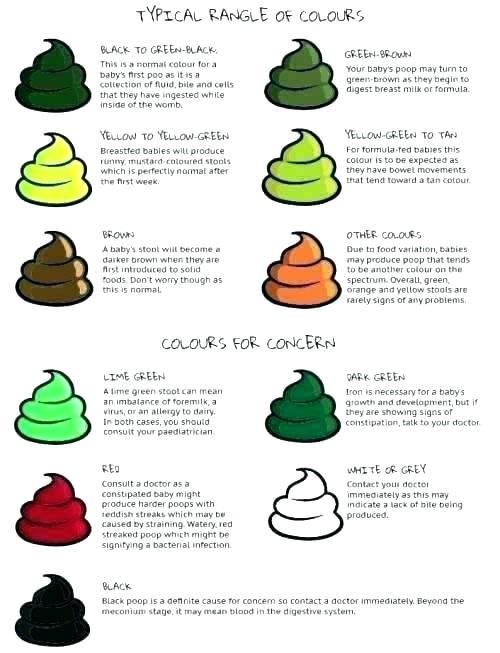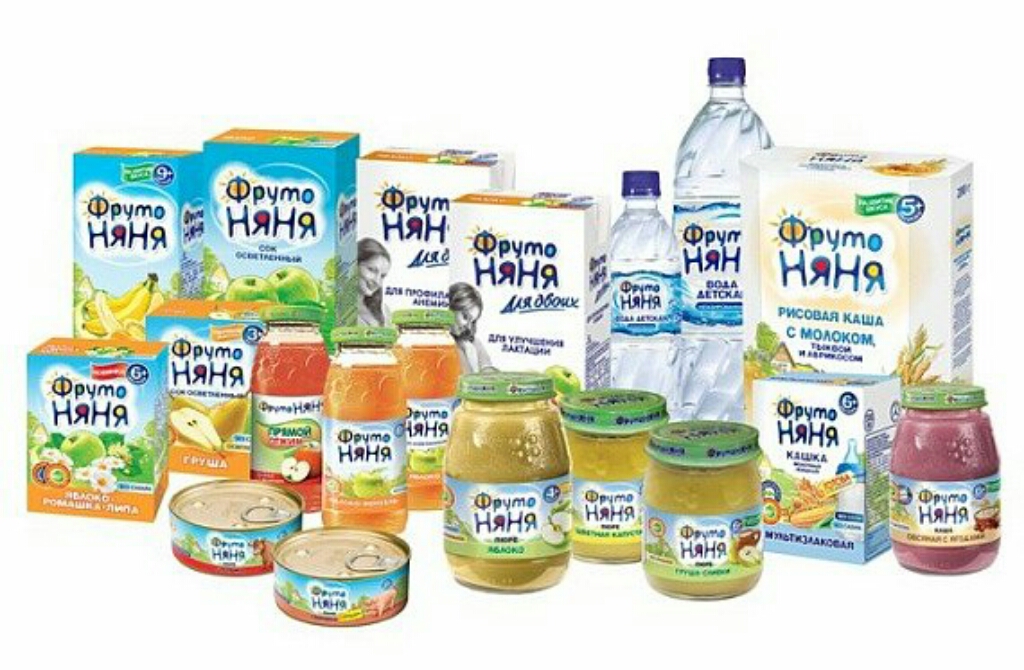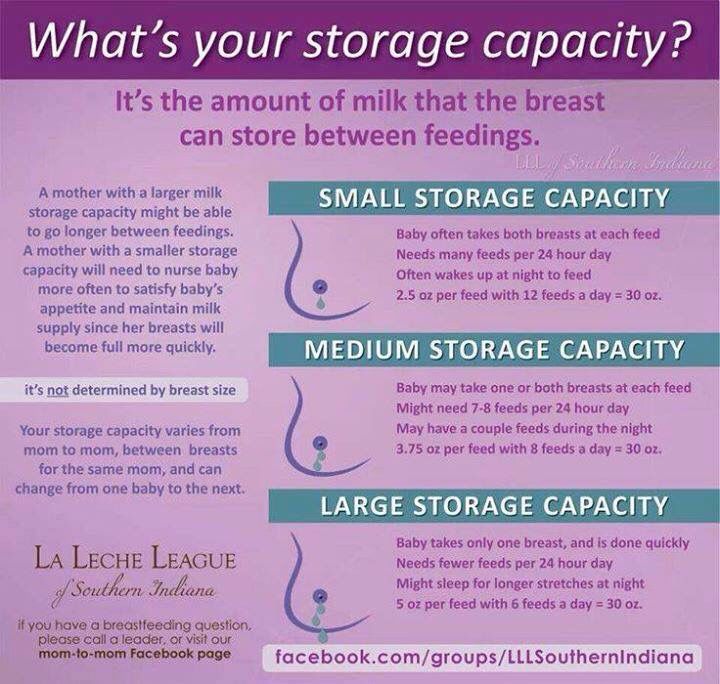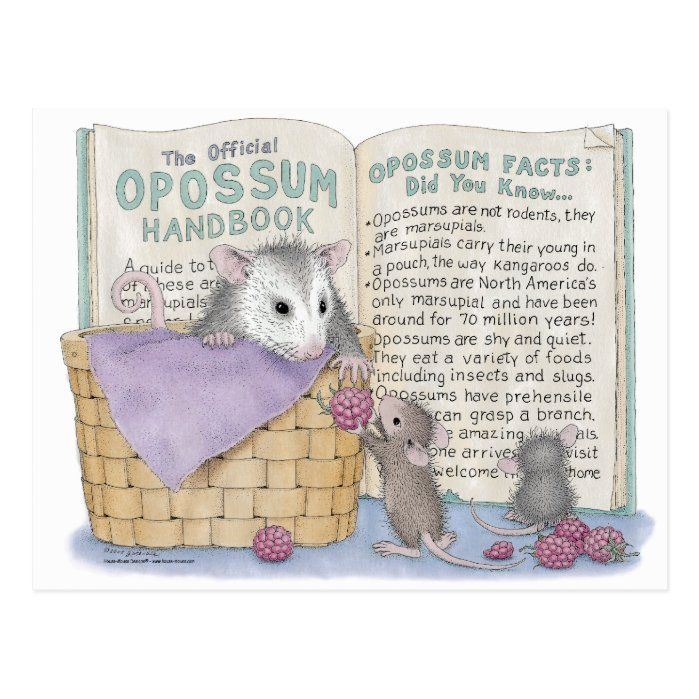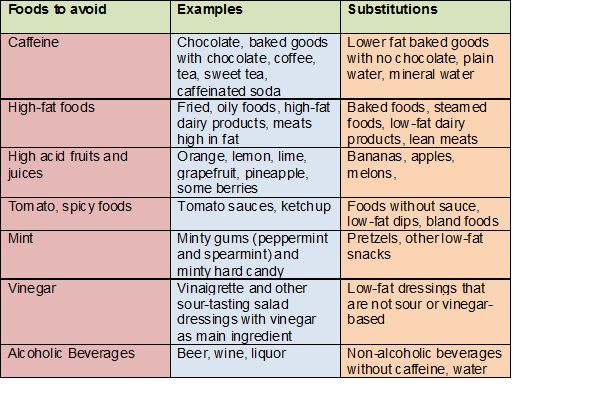Foods easy to digest for babies
Food For 6-8 Month Old Babies | Introducing Solids
These tips are brought to you by
Signs my baby is ready for solids?What if my baby refuses solid food?What about allergic reactions?Preparing food for babyBe prepared for mess!How to prevent your baby from chokingTop Tips
It is recommended that you start your baby on solids at around six months of age while continuing to breastfeed until twelve months or longer. At this age small amounts of cooled boiled water may also be offered in a cup.
It is recommended that you start your baby on solids at around six months of age while continuing to breastfeed until twelve months or longer. At this age small amounts of cooled boiled water may also be offered in a cup.
Signs my baby is ready for solids?
- From six months of age it is recommended to introduce your baby to solids.
- Your baby should be sitting up straight and have good head, neck and shoulder control by this time.
- Signs of readiness: an increased appetite; your baby is asking for more frequent milk feeds, showing more hand to mouth behaviour, showing interest in food, including the food on your plate.
Some babies will prefer to start with soft foods (mashed or grated) from a spoon and others will prefer to start with soft finger food. There is no set order for the best baby food to be introduced but it is strongly recommended that foods which include iron are included in the healthy diet.
Start with offering mashed foods that are easily digested which may include:
- vegetables (eg pumpkin, potato, sweet potato, taro) fruits (eg cooked pears/apple, ripe banana)
- well cooked rice or iron enriched rice cereal.

- coarsely mashed fruit and vegetables,
- well cooked: minced, stewed or grated meat (cook, freeze then grate)
- fish – bones removed
- legumes (eg lentils)
- pasta and bread (e.g. toast fingers and rusks)
Many babies will only eat a tiny amount to start with (less than ½ teaspoon) while other babies may surprise you by wanting more. Let your baby tell you when they are hungry and full. For example as they get full they don't show as much interest and may look away more. You can find great baby food recipes here.
What if my baby refuses solid food?
Not all babies are ready to start eating solid foods. Remember the food offered during the first couple of months is about helping your baby to learn new tastes, textures and smells. If baby is continuing to refuse food, try offering solids before giving the milk feed, when you are both relaxed and your baby is calm and alert, showing obvious signs of hunger. Eating is a social event and the more times you and or your family eat together the more your baby learns to eat & enjoy what the family is eating.
Eating is a social event and the more times you and or your family eat together the more your baby learns to eat & enjoy what the family is eating.
What about allergic reactions?
If allergy is a problem in your family seek advice from your child and family health nurses or doctor about baby allergies before starting solids.
Preparing food for baby
When preparing foods, food safety is important. Always wash your hands before you begin and ensure the area you are using to prepare the food is clean. You can also use different coloured boards for food types: one each for chopping meats, fruits and vegetables. If you’re using a microwave oven to heat baby’s food, always stir food thoroughly before serving, and check the temperature.
Be prepared for mess!
- Playing with food is your baby’s way of exploring new textures and learning to eat family foods
- To help your baby learn to eat different tastes and textures it is important for your baby to practice by offering a variety of foods in different sizes and texture
- Babies very quickly like to help feed themselves, so give them a spoon to hold from the start
How to prevent your baby from choking
- Always remaining with your baby while they are eating
- Using a safety harness when your baby is in a high chair or low chair to prevent your baby from moving around whilst eating
- Avoiding giving nuts, small hard foods (such as raw or undercooked pieces of hard fruit and vegetables, popcorn, rice cakes and cocktail frankfurts) and small slippery foods (such as whole grapes and whole cherry tomatoes)
TOP TIPS
- Until twelve months cow’s milk should only be used in small amounts to mix with family foods and in cooking
- Avoid nutrient poor foods with high levels of saturated fat, sugar, or salt (e.
 g. cakes, biscuits, confectionery and potato chips).
g. cakes, biscuits, confectionery and potato chips).
- If possible try and feed your baby with the rest of the family. Your baby will soon learn that meal times are not just about food but also about social interaction.
6 of the Best (and Easiest) First Foods for Baby
When I started solids with my firstborn I remember being so scared and overwhelmed. Should I make my own baby food or use jarred food? It seemed like such an ordeal to make my own baby food. But soon I realized it was just easier to use regular food.
With my second child, I focused more on having my boy eat what we were eating. And in doing so, it reminded me that the best first foods are actually the easiest to prepare.
So here is a list of easy first foods for baby, that will also help your child grow and thrive. Also, a note about the best time to start.
Jump Ahead
When to start solidsIt’s safe to start solids anywhere from four to six months but what is most important is developmental readiness, not age. For instance, you might try to wait until six months but at five months your baby is very interested in food, has good head control, and can sit with support.
If you have a child at high risk for food allergies (those who have eczema, egg allergy, or a parent or sibling with food allergies), consider working with a pediatrician on the best time to introduce solids. The same goes for premature infants, who may have delays in development and special feeding needs. If you plan to follow Baby-Led Weaning (having baby feed himself from the get-go, it is recommended to wait until at least 6 months of age).
1. MeatMany experts consider meat an ideal first food because it is a highly absorbable form of iron. Feel free to puree your own, get it jarred or allow for strips of soft meat if baby is 6 months or older and feeding herself (baby-led weaning).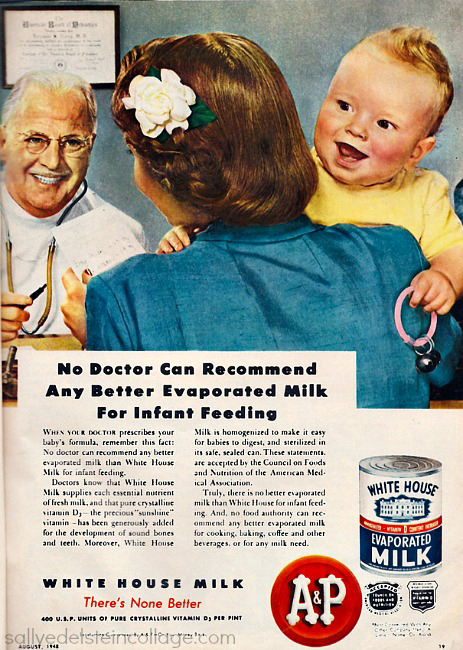
Today, skipping cereal is common. The problem is that iron-fortified cereals can help meet high iron need s (11mg) during this rapid growth phase. At about 6 months of age, iron stores deplete and babies need iron from complementary foods.
Rice cereal has been called into question in recent years. In 2018, Consumer Reports found about two-thirds of infant and toddler food to have concerning levels of at least one of these heavy metals: cadmium, inorganic arsenic, or lead. Rice-containing products and sweet potatoes had the highest levels of such heavy metals (organic too).
There are plenty of whole-grain infant cereal options likes oats and whole wheat. But in moderation rice is fine. The key is not to rely on just one source of iron. Provide meat, fortified cereals, and plant proteins.
You can serve cereals with other foods including vitamin C-rich fruits and veggies to increase its absorption. Also, you can use iron-fortified cereals when making muffins or pancakes.
Research shows that introducing many veggies early on can benefit baby. For example, in one study babies introduced to solids after 5.5 months accepted more vegetables when they were weaned to a variety-vegetable-blend versus a single veggie exposure.
In Fearless Feeding we put it this way:
Babies naturally prefer sweet tastes over bitter or sour, and salty tastes are learned quickly. But preferences for bitter tastes take time and repeated exposure. Because fruit is more easily accepted over vegetables, it can’t hurt to ramp up the variety of vegetables early on. We recommend vegetables be one of baby’s first foods and to rapidly increase their variety in the diet.
So go ahead and cook and puree a variety of vegetables to add to breast milk, formula, cereal or just serve them up straight.
4. AvocadoBabies need a concentrated source of fat. Avocado is high in fat and soft making it a great first food.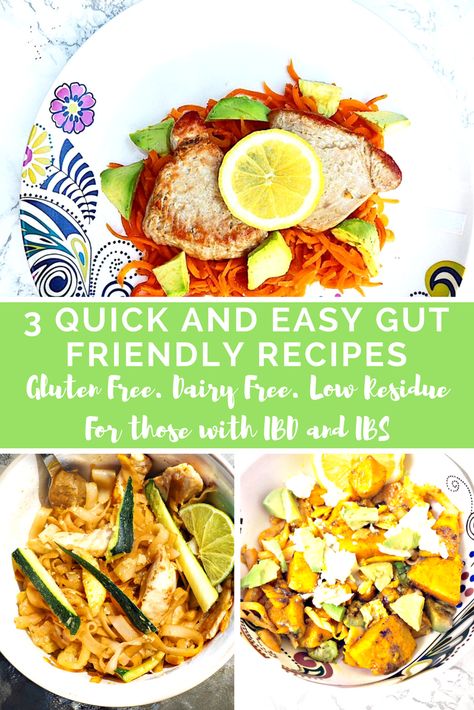 Avocados are also a source of vitamin E, contain fiber, and are rich in monounsaturated fats.
Avocados are also a source of vitamin E, contain fiber, and are rich in monounsaturated fats.
All you have to do is mash avocado, add some breast milk or formula and you’re ready to go. For a thicker consistency mix it with oat or rice cereal. For those baby-led weaning, strips of avocado can work.
5 BananasBananas are the easiest and most convenient fruit to prepare. Simply mash up to desired consistency and add breast milk or formula. Add it to cereal or serve it by itself. Bananas contain fiber, potassium, and even some vitamin C.
6. Soft mild fruitStarting Your Baby on Solid Foods? Check These 6 Myths First
It’s common for babies to become constipated when starting solids. And it may due to the lack of fresh fruits. At 6 months, babies can eat mild, skinless raw fruits like cantaloupe, pears, and mango. Cantaloupe is rich in vitamins A and C.
Soft mild fruit can be mashed with a fork or thrown in the blender to smooth it out.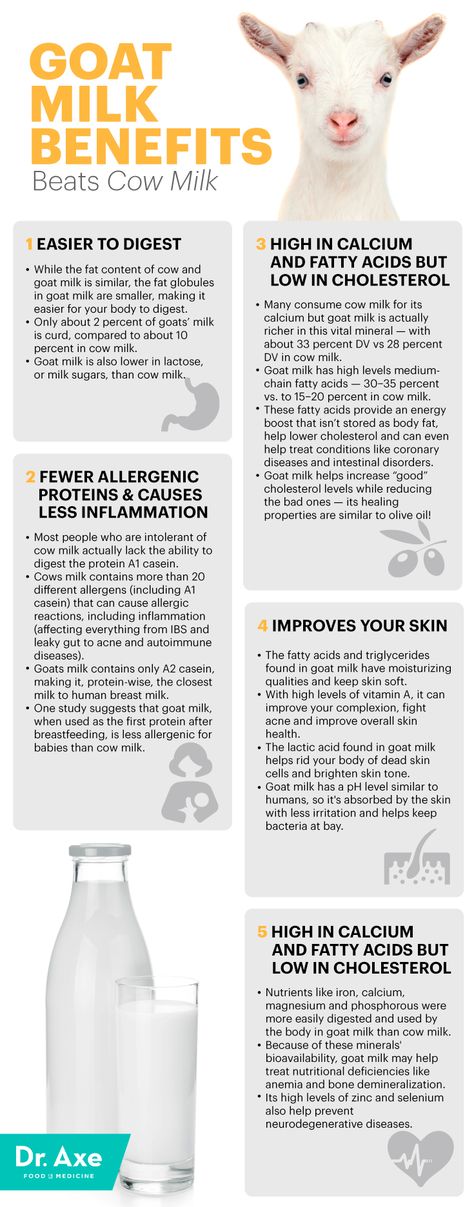 It can also be served with cereal. Remember chunks of food (that are also slippery) like cantaloupe are choking hazards.
It can also be served with cereal. Remember chunks of food (that are also slippery) like cantaloupe are choking hazards.
Traditionally, first foods are pureed starting with a watery texture. Once baby masters that, it’s time to upgrade to a smooth puree followed by lumpy purees. Why is this important? One study showed the most robust gains in chewing ability occur between 6 and 10 months. And another study found babies introduced to lumpy solids after 9 months accepted fewer foods and had more feeding problems at seven years.
In other words, there are sensitive times of development for learning how to eat.
What first foods did (or are) you feeding your child?
Want detailed feeding charts, step-by-step guidance, and real-life feeding examples for feeding infants? Check out Maryann’s book Fearless Feeding: How to Raise Healthy Eaters From High Chair to High School.
Post Updated 4/19
NUTRITION OF EARLY CHILDREN — State Autonomous Institution of the Republic of Sakha (Yakutsk) "Medical Center of Yakutsk"
Of all the environmental factors influencing the state of human health, nutrition plays a leading role.
Breast milk is the best and only food that nature has created for a newborn baby. Mom's milk is not only all the necessary nutrients in the right quality and quantity that will ensure good growth and proper development of the baby. Breast milk is the ongoing mother's care and protection from an alien, sometimes aggressive environment for which the baby is not ready. Mom's support in the form of breastfeeding will be needed for the baby during the first year of life, while his immune system learns to recognize and fight all the harmful bacteria surrounding him. After 6 months, breast milk remains in the baby’s menu, but new products are added to them. We recommend starting complementary foods with dairy-free gluten-free porridge, which is enriched with vitamins and minerals, such as rice or buckwheat. Porridge is best diluted with breast milk, infant formula or water. After cereals, one-component vegetable, meat purees can be introduced, then fruit juices and purees between feedings.
In the first year of life, you have already carefully opened the door to the world of healthy and tasty products for him. At the age of one to three years, the child's diet is gradually approaching the diet of an adult. But when compiling a menu, you need to know what products are necessary for its normal development.
The most important part of food is protein, the main building material for all tissues and cells. If there is not enough protein in the diet, protection against infectious diseases is reduced, liver activity is disrupted, growth and development slow down.
All essential amino acids are found in milk, eggs and meat. Meat dishes are best prepared from low-fat varieties - beef, veal, rabbit, turkey. Rational nutrition should include low-fat fish. In the third year of life, sausages can be introduced into the menu, but only high-quality and prepared specifically for children. An important source of protein is plant foods such as cereals and legumes. In addition to proteins, they contain a large amount of complex carbohydrates, fiber and vitamins.
For the normal absorption of proteins, as well as mineral salts and vitamins A and D, the body needs fats, so a balanced diet without eating fats is impossible. Fats are a kind of "fuel" that supplies the body with energy. In addition, thanks to fats, the taste of many foods improves. For young children, vegetable fats are useful, where there are a lot of useful polyunsaturated fatty acids.
Fat-like substance - lecithin has a positive effect on the development of the nervous system, and also improves blood formation and the body's resistance to toxic substances. There is a lot of lecithin in buckwheat, lettuce, soy and other legumes.
Rational nutrition should also include the required amount of carbohydrates. Carbohydrates are necessary for the functioning of the muscles, heart, liver, nervous system, as well as the normal absorption of fats. Most of the energy the body receives from vegetable carbohydrates. A lot of carbohydrates in bread, cereals, potatoes, sweet berries and fruits.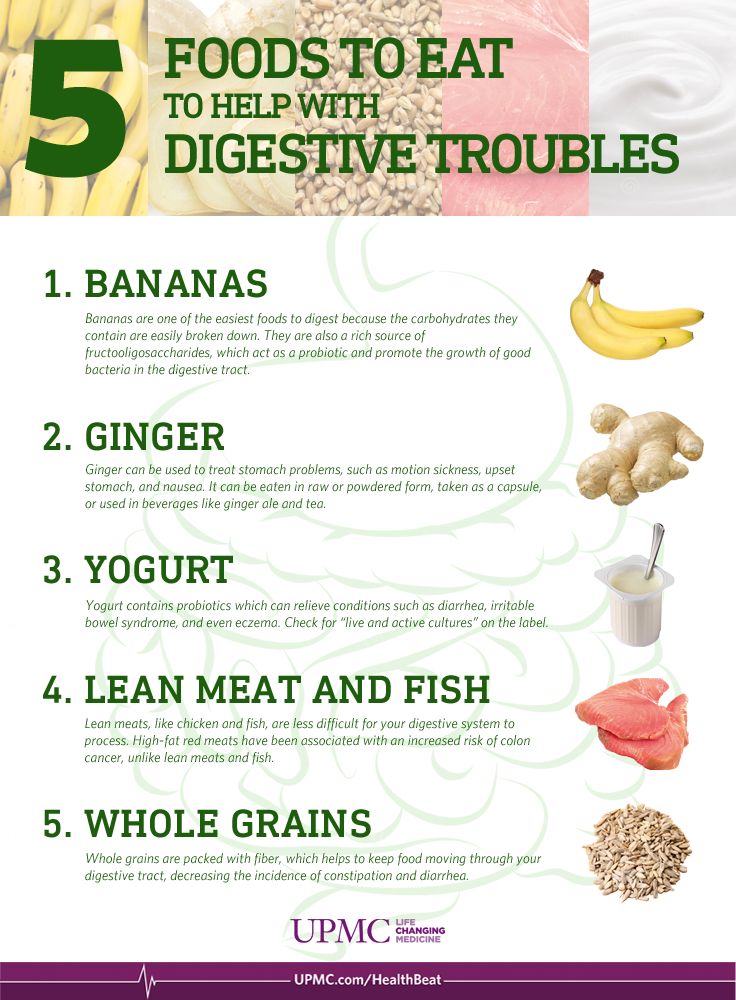 Among animal products, they are found in milk. Non-food carbohydrate-fiber stimulates the intestines, it is important for normal digestion. A lot of fiber in wholemeal bread, vegetables, herbs and fruits. These products should be on the children's table.
Among animal products, they are found in milk. Non-food carbohydrate-fiber stimulates the intestines, it is important for normal digestion. A lot of fiber in wholemeal bread, vegetables, herbs and fruits. These products should be on the children's table.
Minerals are part of all body tissues. Bones are 2/3 composed of mineral salts. Their importance for a child, whose skeletal system is being formed, teeth are erupting, can hardly be overestimated. Almost all foods contain calcium salts, but they are far from being absorbed by all. Sources of easily digestible calcium are milk and dairy products, cottage cheese, cheese, egg yolks. Porfor is involved in the formation of bones and nervous tissue. There is a lot of it in fish, bread, cereals, meat, cheese, eggs, milk.
Smoked products should not be given to children (they are harmful for adults as well), caviar and seafood (strong allergens) are also contraindicated. Exclude mushrooms from the children's menu, they are poorly digested until 7 years of age.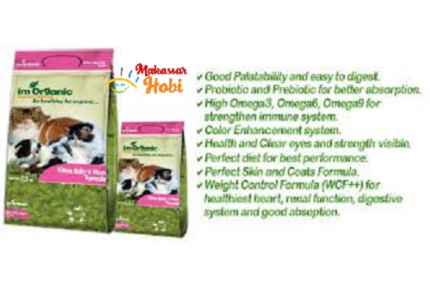 Sweets, sweetened juices, chocolate reduce appetite, contribute to the development of caries, overweight, allergies. Instead of sweets, it is better to give the baby dried fruits.
Sweets, sweetened juices, chocolate reduce appetite, contribute to the development of caries, overweight, allergies. Instead of sweets, it is better to give the baby dried fruits.
Healthy nutrition is the key to a full physical and spiritual life of a person. If you can forget about your own health or exchange it for the convenience and familiarity of “wrong” food, then taking care of the proper nutrition of your own child is your responsibility.
Meals at preschool | Kindergarten No. 50
Nutrition in a preschool institution
Nutrition for children from 3 to 7 years old
At the age of 3 to 7 years, the functional capabilities of the gastrointestinal tract in children increase significantly . The capacity of their stomach increases to 500 ml, the activity of enzymes increases, by the age of 5-7 years the first permanent large molars erupt.
Therefore, for children 3-7 years old, the widest range of food products is provided for in any culinary treatment.
The number of meat dishes in the daily diet is increased, smoked and stuffed fish, vegetable stew, cabbage rolls, fried and stuffed zucchini, stuffed peppers and tomatoes are allowed. The diet provides for a four-time meal. The total amount of daily food for children aged 3 to 5 years is expressed in 1400-1500 grams, at the age of 6-7 years - 1600-1700 grams.
Children's nutrition must be varied. With a monotonous or improper diet, the body does not receive the substances it needs, and human health begins to collapse.
Food should contain a certain amount of protein, fat and carbohydrates. In addition, the human body constantly needs mineral salts, vitamins, water. None of the basic substances of food can be replaced by another.
Protein food
The role of proteins in a child's nutrition is extremely important. Proteins are essential for building new cells and tissues. Lack of protein in food leads to stunted growth and development, weight loss and resistance to infectious diseases.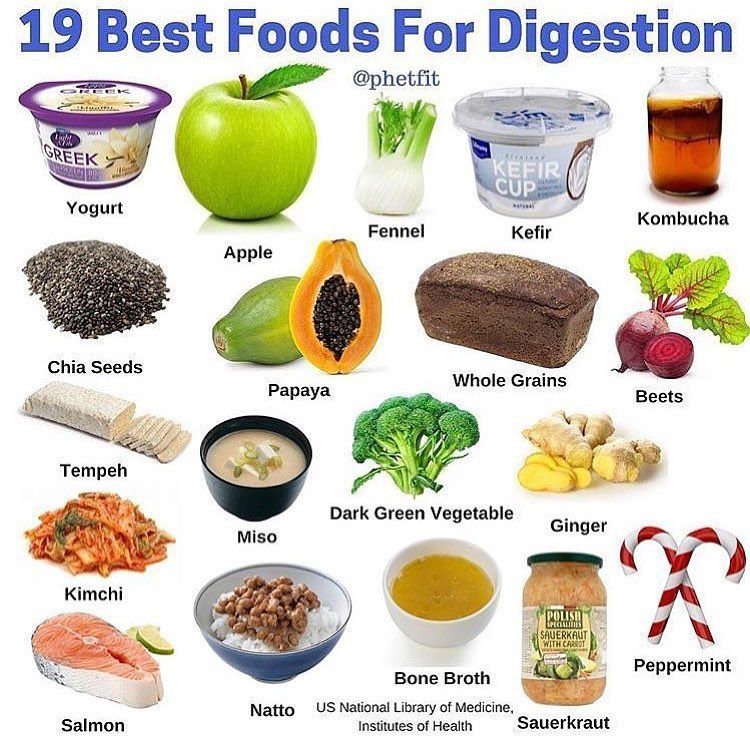
Proteins of animal origin found in milk, dairy products, yoghurts, meat, fish, and eggs have the highest biological value. Important are vegetable proteins contained in cereals, bakery products, legumes, nuts, seeds, vegetables.
It is better to offer meat and poultry to children in the form of chopped products, and not in pieces. It can be: beef stroganoff, chops and chopped cutlets, beef stew, poultry, peasant sausage, homemade ham, jellied meat. From the fish, be sure to select all the bones.
Foods containing a lot of salt and fat, flavors and dyes are not recommended for preschoolers, including smoked sausages, canned food, fatty meats and sausages. Of course, you can sometimes get by with sausages and sausages, in the name of which the word “children” sounds, but this is rather an exception to the rule. The formation of taste preferences in a child occurs on average up to 5 years. Therefore, it is important that the child continue to give preference to natural food.
Amount of proteins needed by a preschooler:
50% of proteins must be of animal origin:
• 85-100 gr. meat;
• 25-30 gr. fish
Beef, veal, as well as lean lamb, chicken, rabbit, liver, and tongue are best suited for feeding children. It is undesirable to give the child goose or duck meat, as it contains indigestible fats. It is best to give meat and fish on separate days, meat 100-130 grams 4-5 times a week, fish 70-100 grams 2 times a week.
• One egg every other day
Be careful with protein, if you are prone to allergies, it is better to give only the yolk.
• 0.5 liters of milk or fermented milk products
• 50 grams of cottage cheese
• Cheese: 3 grams per day
• 5 grams of sour cream or cream
It is not necessary to give cheese, sour cream and cottage cheese every day, better 2-3 times a week, but in a larger volume (100 grams of cottage cheese 3 times a week, etc.).
Fats
For children, fats and oils are the main building material for the developing brain, so fat-free foods are not used in baby food.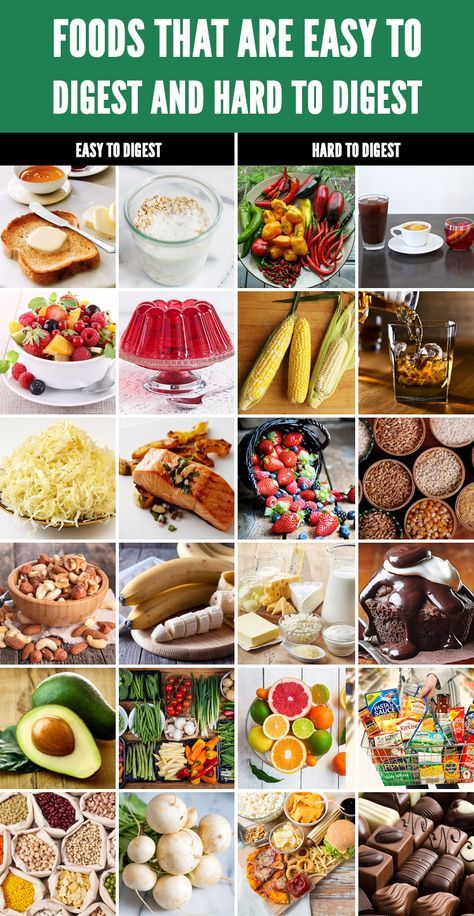 A number of vitamins dissolve only in fats, namely vitamins A, D, E, K.
A number of vitamins dissolve only in fats, namely vitamins A, D, E, K.
Both deficiency and excess of fats in food are harmful. With an excess of fat, food lingers in the stomach for up to 6 hours, which leads to loss of appetite, disruption of normal digestion, and later to overweight, cardiovascular diseases, diabetes mellitus and other ailments.
The amount of fat a child needs: on average, a child needs 60-80 grams of fat per day.
Of this amount:
• 25-30 grams (1.5 tablespoons) of butter per cereal and per sandwich
• 10 grams (2 tsp) of vegetable oil
are used for dressing salads, vinaigrettes, stewing, baking.
Beef, pork, mutton fats (lard) should not be included in the diet of a preschooler, as they are poorly absorbed by a growing organism.
The rest (the so-called "invisible fat") is already found in foods (milk, meat, cottage cheese, nuts, etc.).
Carbohydrates
They serve as the main easily digestible source of energy, providing 50-60% of the energy needed for the body per day.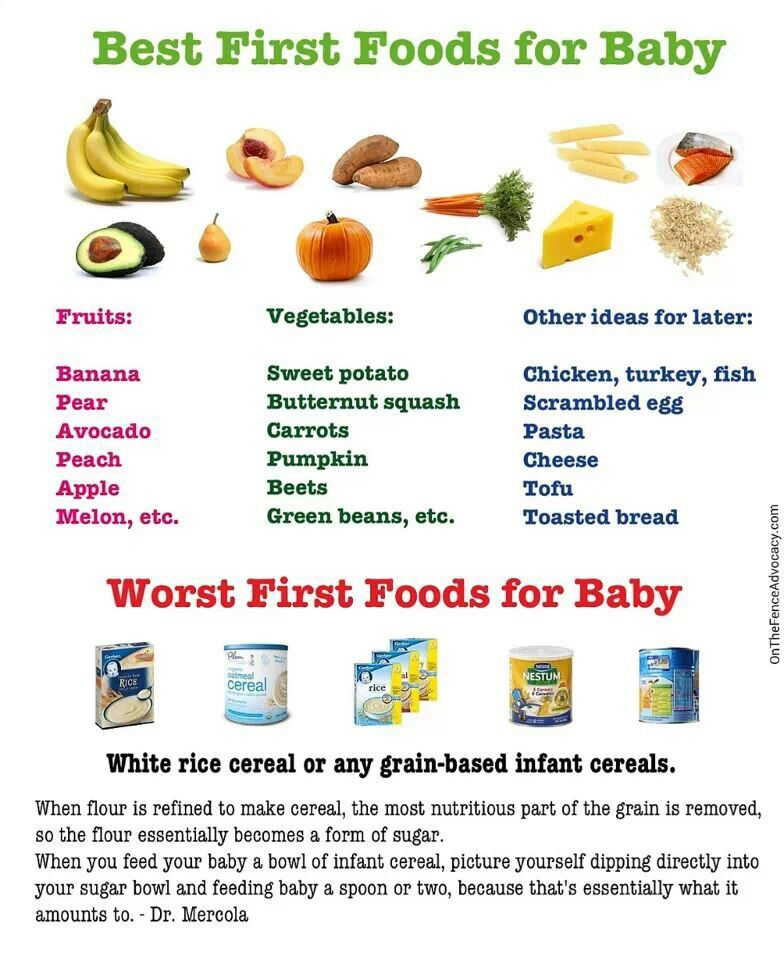
Contained in products of plant origin: bread, pasta, cereals, potatoes, vegetables and fruits, sweets.
Amount of carbohydrates a preschooler needs:
• 30-50 grams of rye and 100-125 grams of wheat bread
(if you give crackers or bagels, reduce the amount of bread accordingly)
• potatoes: 120-150 grams
• portion of porridge: 120 -150 grams
• Vegetables: 180-200 grams
• Fruits and berries: 100-200 grams, juice - 100-150 grams per day
• 35-50 grams of sugar
(5-7 teaspoons of granulated sugar, including sugar-containing drinks - compote, jelly, lemonade, etc.)
• 10-15 grams of sugar-containing products
halva)
Peculiarities of nutrition of preschoolers
As at an early age, raw vegetables in the form of salads, fresh fruits and berries are very useful for a preschooler.
Offer salads before meals, as vegetables stimulate the production of digestive juices and improve appetite.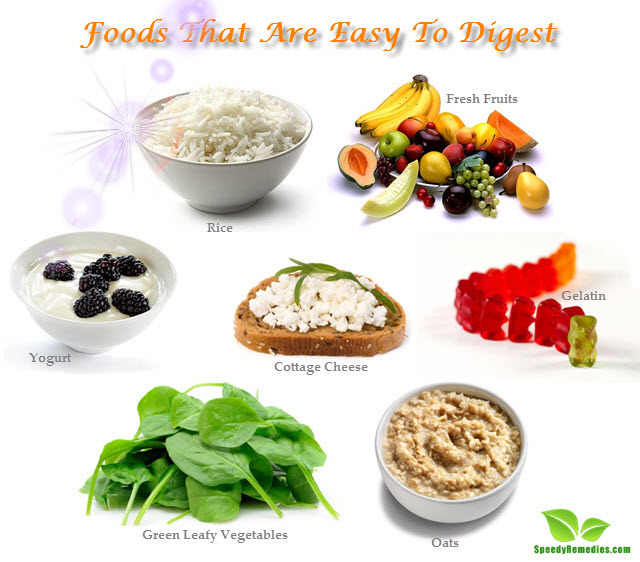
Fresh fruits are very good for an afternoon snack. Do not give them only in between meals (especially sweet ones).
• Be sure to feed your child soup or borscht during lunch. After all, first courses based on vegetable or meat broths are strong stimulants of the stomach receptors, which helps to increase appetite and improve the digestion process.
• Children are very fond of bread and bakery products, especially buns, gingerbread, waffles, cookies, pastries, cakes. But we must remember that products made from premium flour are poor in vitamins and minerals and often contain large amounts of sugar and fat. Leave them for weekends and holidays. Bread made from rye flour is useful daily, as well as from wholemeal flour. It is rich in B vitamins, minerals and vegetable proteins.
• Cereals are very useful for children. Unlike pasta (pasta, vermicelli, noodles), they contain a huge amount of vitamins and minerals. Children are very fond of pasta, but cook it less often than cereals, especially if the child is overweight.
• For the formation of a strong skeleton, good posture and strong teeth, a child needs calcium, which is mainly found in dairy products. Therefore, every day a preschooler should receive 2 glasses of milk or dairy products.
• Sugar is always included in the diet of a child of any age, but its excess reduces appetite, impairs immunity, promotes obesity and can lead to such a formidable disease as diabetes mellitus. Do not teach children to eat a lot of sweets. Wean your relatives and friends to come to the child with candy or chocolate.
• Buy your children very little carbonated drinks as little as possible - they irritate the lining of the stomach and intestines and contain a lot of sugar.
• Buy more vegetables, fruits, berries, herbs. That's what's good for a child. Moreover, vegetables should be very diverse - carrots, cabbage, beets, turnips, radishes, green peas, tomatoes, zucchini, pumpkins, cucumbers, etc. Garden and wild greens are very useful. From fruits, apples, pears, plums, cherries are primarily recommended, from berries - black currants, gooseberries, red currants, raspberries, sea buckthorn. On the day the child should receive 400 grams of vegetables and fruits. This quantity does not include potatoes.
On the day the child should receive 400 grams of vegetables and fruits. This quantity does not include potatoes.
• Use iodized salt for cooking, as insufficient intake of iodine from food can cause iodine deficiency diseases.
• Continue to teach your child proper table manners. Make sure that he sits straight, does not lean his elbows on the table while eating, do not place them wide apart. He must be able to use a spoon correctly: hold it with three fingers - thumb, index and middle, scooping up food so that it does not spill, bring the spoon to his mouth with the side edge, and not with the narrowed part. The child must remember that if you have to prick pieces of food with a fork, then it must be kept with the prongs down, and if there is mashed potatoes, thick porridge or vermicelli - like a spatula.
• It is necessary that the baby develops the habit of chewing slowly, with his mouth closed. The child should eat in a calm state. Avoid quarrels and unpleasant conversations at the table - this also worsens the process of digestion and reduces appetite. The kid should know that you can leave the table after finishing the meal, only with your permission (but, of course, not with a piece of bread or other food in your hands). He should definitely thank you, push the chair, clean up the dishes, wash his hands (just like before eating) and rinse his mouth. Don't give your baby more food than he can eat. Better then put a little extra.
The kid should know that you can leave the table after finishing the meal, only with your permission (but, of course, not with a piece of bread or other food in your hands). He should definitely thank you, push the chair, clean up the dishes, wash his hands (just like before eating) and rinse his mouth. Don't give your baby more food than he can eat. Better then put a little extra.
If the child goes to kindergarten
Most preschoolers go to kindergarten. Nutrition at home for such an “organized” child should be coordinated with nutrition in the institution in such a way that the home diet complements the kindergarten diet.
For this purpose, it is customary in childcare facilities to hang out the daily menu so that parents can get acquainted with it. When taking your child home, do not forget to look at the menu and try to give him at home those foods and meals that he did not receive during the day.
On weekends and holidays, it is better to cook him the same food that he usually gets in kindergarten, using a similar set of products. You should not feed him these days with sweets and delicacies. Very often, after the holidays, kindergarten workers complain about the poor appetite of the child.
You should not feed him these days with sweets and delicacies. Very often, after the holidays, kindergarten workers complain about the poor appetite of the child.
Do not feed your child in the morning before leaving for kindergarten, as he will not eat breakfast well in a group. Well, if you have to take it away very early, give a glass of kefir or an apple at home.
What should I do if my child is not eating well?
• Find out if this could be due to some kind of illness or the monotony of cooked food.
• Don't rush the child, let him, though slowly, but cope with the dish, slowly chew food.
• Some children drink a lot of water with meals, which reduces food intake and absorption. However, if the appetite is poor, allow the baby to drink thick and solid food in small sips.
• Do not force feed. If the child refuses to eat, it is better to skip one feeding altogether than to insist and bring him to tears. Do not feed with persuasion, with entertainment, during the game.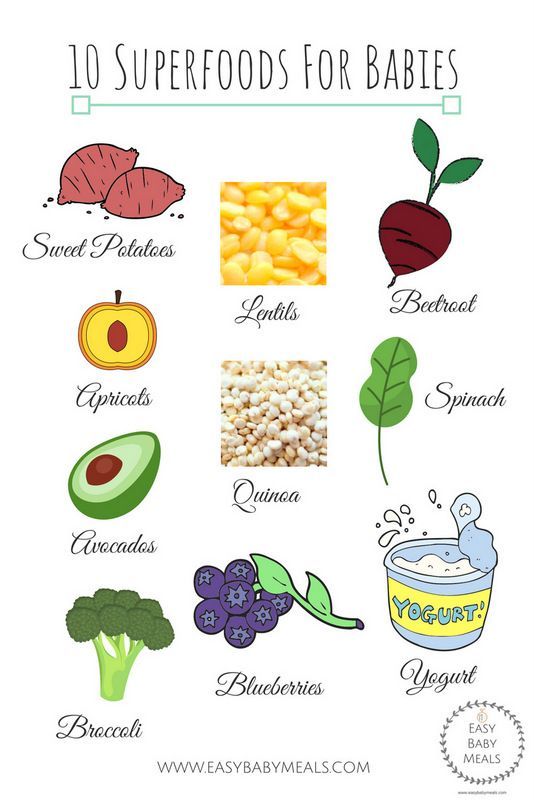
• Do not talk in front of the child about poor appetite and about your worries about it. He can get used to such conversations and will really act up and refuse to eat. At the same time, if the baby has eaten all the food offered to him, praise him.
• 2-3 hours before lunch, you need to walk with the baby - "work up an appetite."
• There are "little kids". For them, it is necessary to increase protein foods in the diet (cottage cheese, meat, fish, nuts, yogurt by reducing cereals and bread).
• Worried about the poor appetite of children, parents often forget that they spoiled their pets with sweets, soft buns before breakfast, lunch or dinner. Meanwhile, feeding outside school hours and sweets themselves cause a loss of appetite. Remember, if there is always a vase of sweets and cookies on the table and access to it is free, then problems with appetite or health problems cannot be avoided.
• If the child wants to eat, offer him a carrot, an apple, a tomato, a cucumber between feedings.


